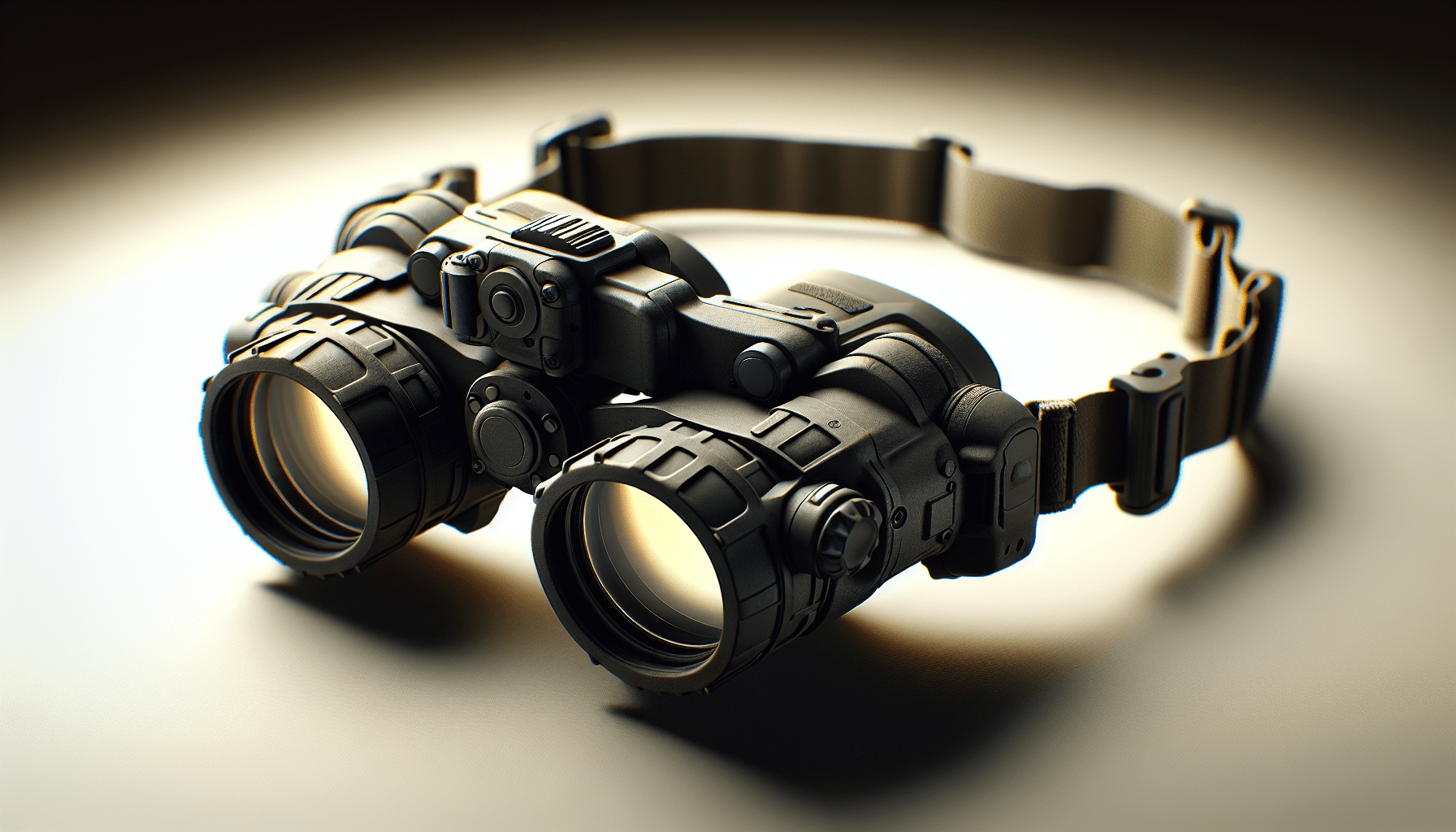Have you ever wondered if military optics can be utilized for extended periods without leading to eye strain? It’s a fascinating question that merges the realms of military technology and human physiology. Military optics play a crucial role in operations, providing soldiers with enhanced vision capabilities that can be the difference between success and failure in mission-critical situations. But do these powerful tools come at the cost of potential eye health issues? Let’s delve into this topic with an understanding eye and a friendly approach.
Understanding Military Optics
Military optics are sophisticated devices designed to enhance visual perception in various operational circumstances. These tools range from night vision goggles, binoculars, riflescopes, to thermal imaging systems. Each type serves a unique purpose, yet they all share a common goal: providing personnel with superior sight capabilities regardless of environmental conditions.
Types of Military Optics
1. Night Vision Devices:
Night vision optics amplify existing light to allow soldiers to see in dark conditions. They work by collecting ambient light and amplifying it through a series of lenses and intensifiers, enabling visibility in near-total darkness.
2. Thermal Imaging:
Thermal imaging optics identify heat signatures, providing a visual representation based on temperature differences. They are invaluable in detecting objects in low-visibility environments, like smoke, fog, or complete darkness.
3. Binoculars and Scopes:
These optics magnify distant objects, allowing for precise target acquisition and surveillance. They are often equipped with additional features like laser rangefinders and image stabilization.
The Human Eye and Its Limitations
Understanding the capabilities and limitations of the human eye helps us appreciate how military optics integrate with natural vision. The human eye is a complex organ designed to adapt to varying light conditions and focus on objects at different distances.
Eye Functionality
The eye functions through a coordinated effort of its parts: the cornea, lens, retina, and optic nerve. These components work together to capture and process images. However, like any organ, the eye has limitations—exposure to intense light or prolonged focus can lead to fatigue and strain.
Causes of Eye Strain
Prolonged use of optics can cause eye strain due to factors like increased focus effort, limited blink rate, and extended exposure to electronic displays. Symptoms of eye strain include headaches, blurry vision, and discomfort, which can impact operational effectiveness.
Implications of Prolonged Use of Military Optics
With extended use, military optics can potentially contribute to eye strain and fatigue. This raises important considerations for both the design of these devices and the protocols surrounding their use.
How Optics Can Cause Eye Strain
Several factors inherent in the use of military optics can lead to eye strain:
-
Magnification Stress: Constant magnification requires the eye to adjust focus continuously, which can tire ocular muscles over time.
-
Light Intensity: Bright displays or sudden changes in light intensity can overwhelm the eyes, causing discomfort or temporary blindness.
-
Screen Use: Many modern optics incorporate digital displays, leading to the same risks associated with prolonged screen exposure.
Table: Common Causes of Eye Strain from Optics Use
| Cause | Description |
|---|---|
| Magnification Stress | Repeated focusing and adjusting to different focal lengths. |
| Light Intensity | Sudden bright lights or continuous exposure to bright displays. |
| Screen Use | Prolonged viewing of electronic displays with high contrast or poor refresh rate. |
Mitigating Eye Strain
The good news is that there are numerous strategies in place to mitigate the risk of eye strain while using military optics. These methods involve both ergonomic design improvements and behavioral adjustments.
Design Innovations
Manufacturers continually adapt and enhance military optics technologies to minimize eye fatigue. Some advancements include:
-
Advanced Lens Coatings: These coatings reduce glare and enhance contrast, making the image easier for the eye to process.
-
Auto-Adjusting Displays: These displays fluctuate brightness and contrast based on external light conditions to protect the eye.
-
Ergonomic Designs: Optics designed with user comfort in mind can reduce the physical stress of holding or wearing the devices for long periods.
Behavioral Strategies
In addition to technological improvements, adopting certain behavioral habits can help reduce eye strain:
-
Regular Breaks: Implementing the 20-20-20 rule, where you take a 20-second break and look at something 20 feet away every 20 minutes, can reduce strain.
-
Blink Often: Encouraging regular blinking keeps eyes moist and reduces dryness caused by prolonged focus.
-
Proper Lighting: Ensuring ambient light minimizes glare and shadows can reduce the workload on your eyes.
Ergonomics and User Training
Understanding the importance of ergonomics and user education is vital for the effective deployment of military optics. By training personnel on how to use optics wisely, potential risks can be significantly curtailed.
Instruction and Training
Effective training programs address optical use, care, and handling. They equip soldiers with the knowledge to make the most of these tools without compromising their eye health.
Ergonomic Usage
Adopting ergonomic practices enhances comfort during prolonged use of military optics. This could mean adjusting the positioning of devices or using adaptive mounts that relieve strain on muscles and eyes.
Conclusion: Balancing Technology and Natural Vision
While military optics offer indispensable advantages in the field, their use must be balanced against the natural limitations of human vision. Through judicious technology integration and disciplined user behavior, it’s possible to mitigate eye strain, thereby ensuring operational efficiency and safeguarding eye health over the long haul.
Table: Summary of Strategies for Reducing Eye Strain
| Strategy | Benefits |
|---|---|
| Advanced Lens Coatings | Reduces glare and enhances visual clarity. |
| Automatic Displays | Adjusts brightness to match external light, protecting eyes from strain. |
| Regular Breaks | Decreases eye focus fatigue and allows eye muscles to recover. |
| Ergonomic Design | Eases physical stress and promotes comfortable device handling. |
Military optics can be used for extended periods if designed and employed wisely. Understanding the relationship between technology and human physiology is key to maximizing performance and ensuring the health and well-being of those who rely on these powerful tools.

